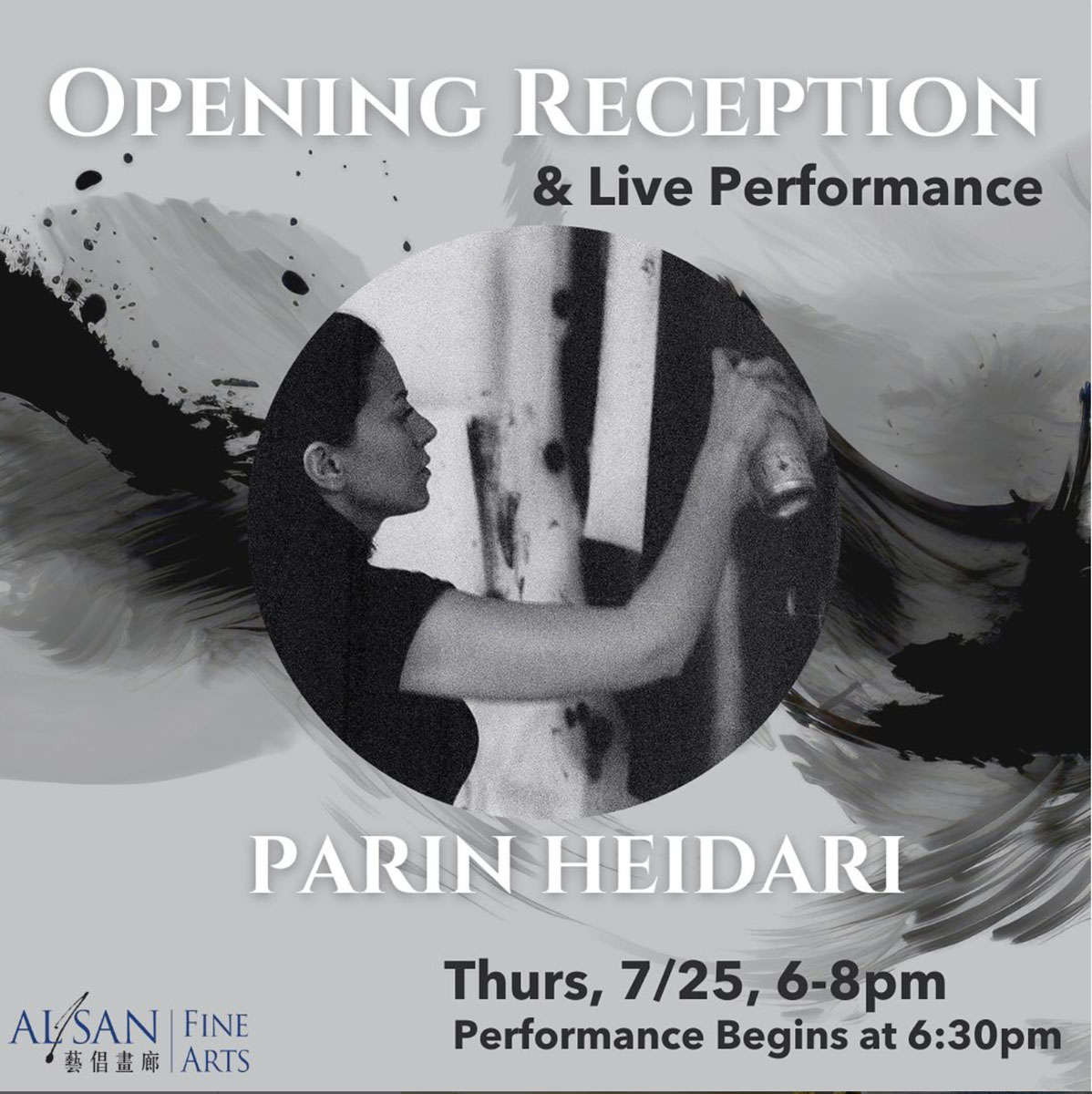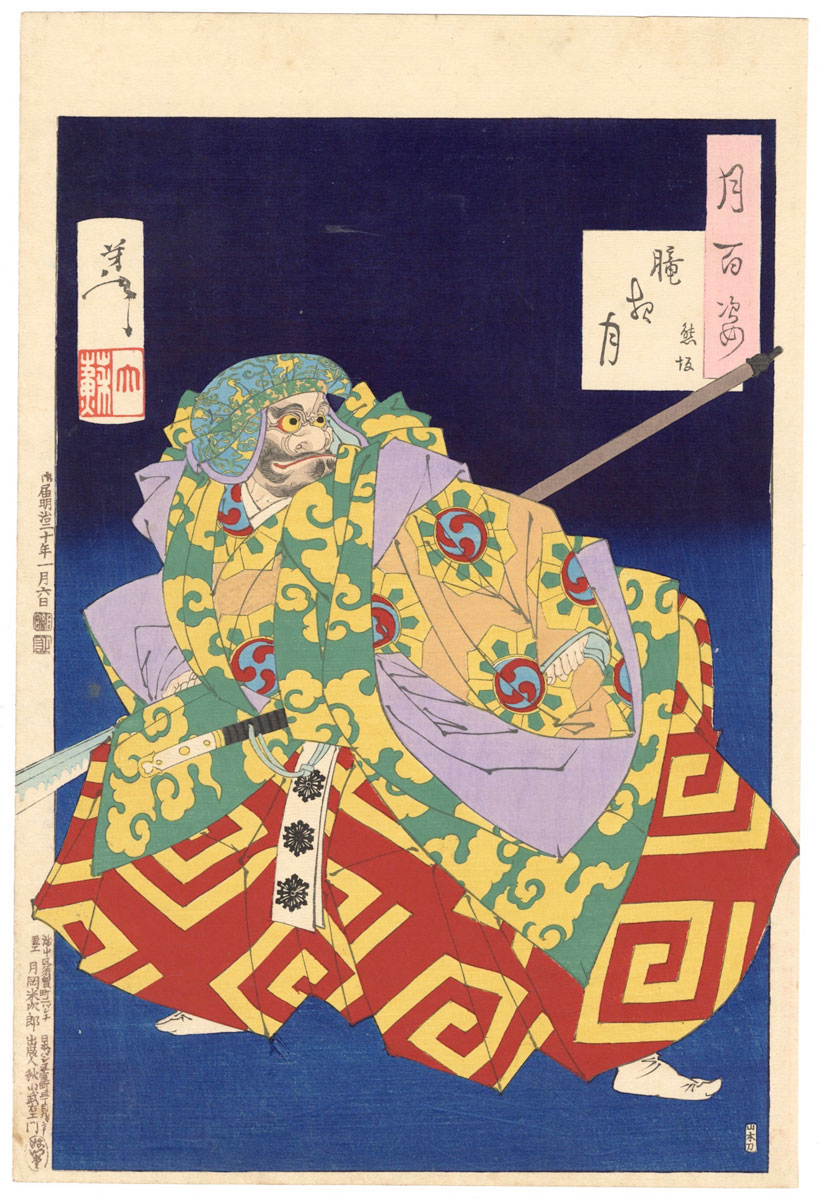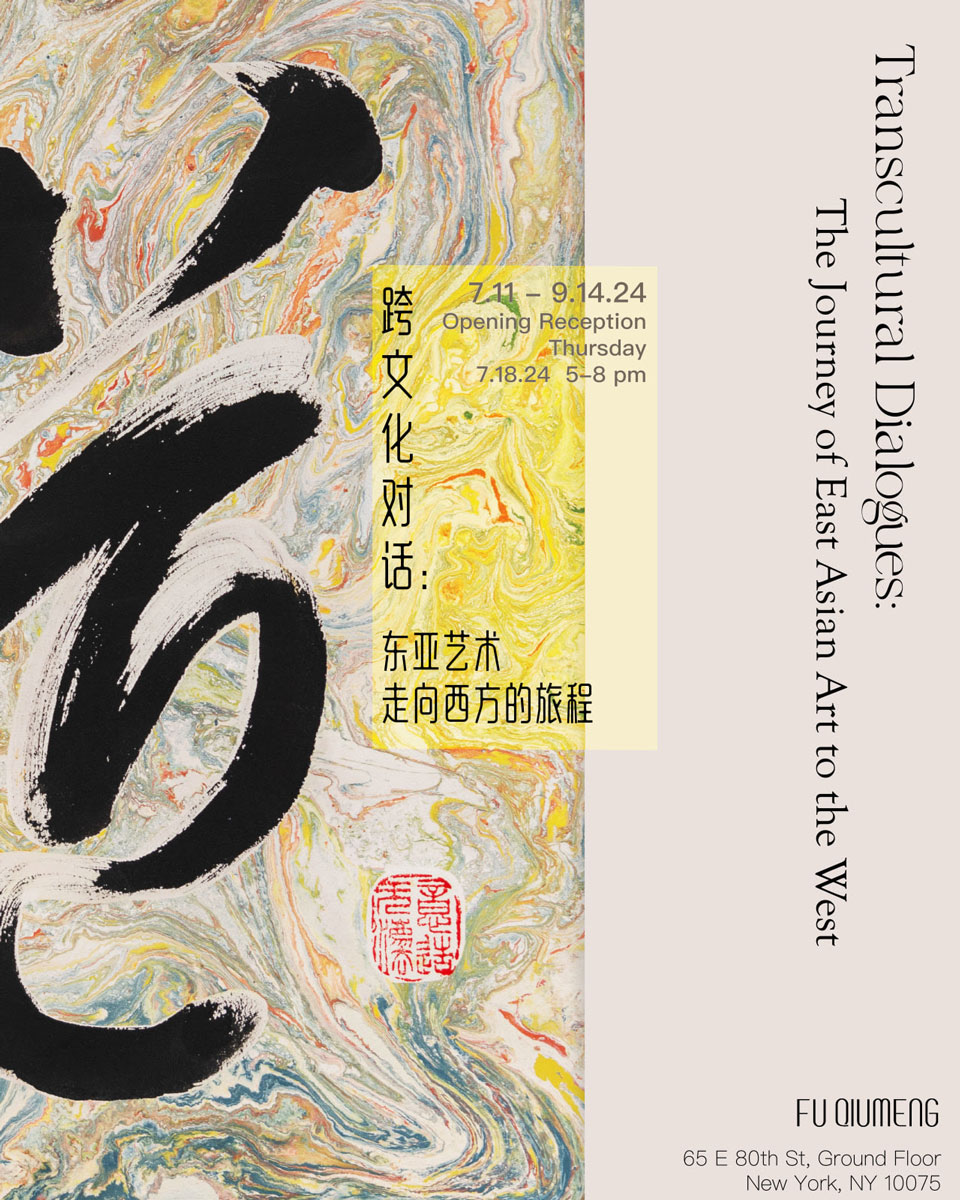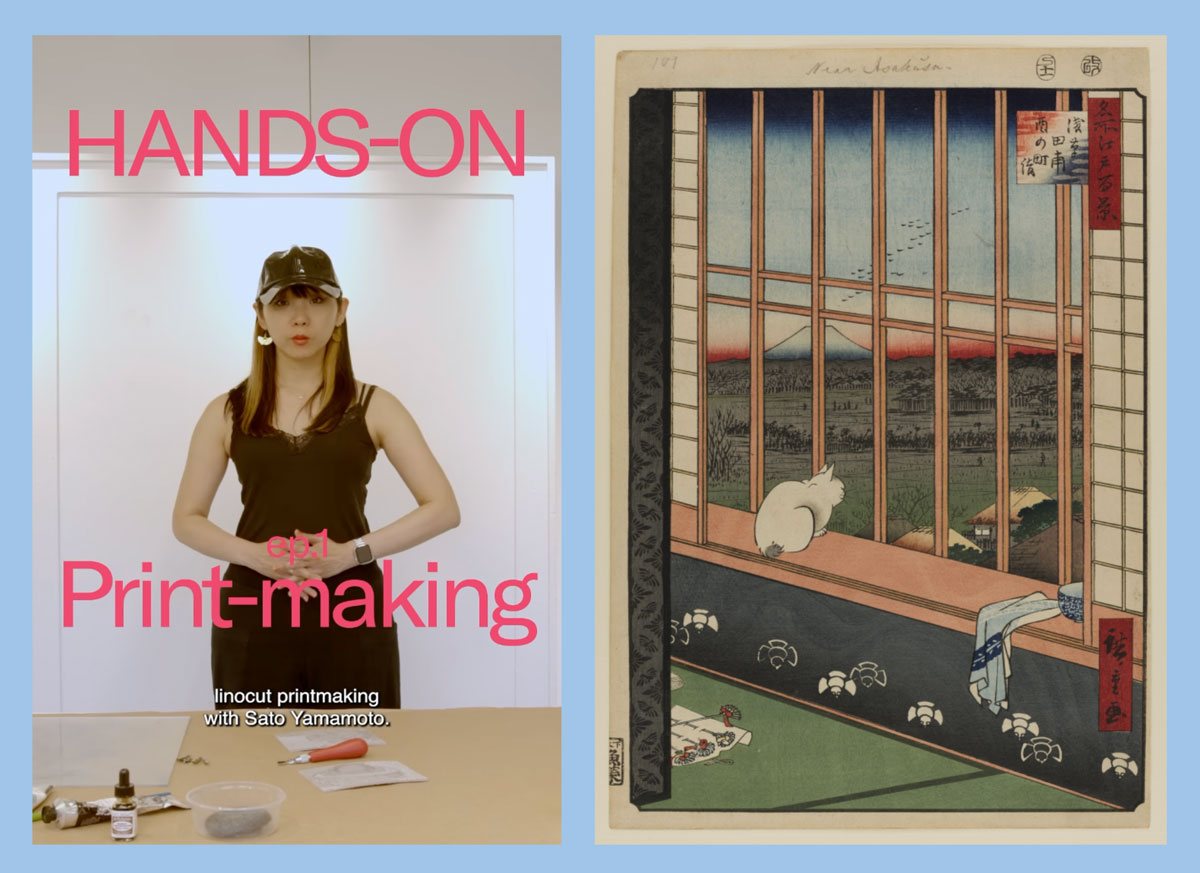
Photography by @braydon_russell; Courtesy Alisan Fine Arts
Themes and Variations
Opening Reception & Live Performance: Thursday, July 25th from 6-8pm
Second Rotation: July 24 – August 23, 2024
120 E 65th Street, NYC
Alisan Fine Arts is pleased to introduce the second rotation of their current exhibition, Themes & Variations, on view from July 24th to August 23rd and cordially invite you to view these new pieces alongside a special performance by the talented ink artist Parin Heidari on July 25th.
Parin Heidari is a multidisciplinary artist known for her minimal art. She creates highly detailed and expressive works ambidextrously, using just a single line. With a strong foundation in traditional drawing and a passion for experimentation, Parin has developed a unique style that has garnered her a loyal following.
Themes and Variations features work of 15 artists who explore the use of Chinese Ink within their practice. The exhibition includes work by Hung Fai, Hung Keung, Lee Chunyi, Lin Guocheng, Lok Yitong, Ren Light Pan, Tai Xiangzhou, Wesley Tongson, Wang Mengsha, Wang Tiande, Wai Pongyu, Wei Ligang, Zhang Xiaoli, Zhang Yirong, and Zheng Chongbin.
To learn more, click here.









